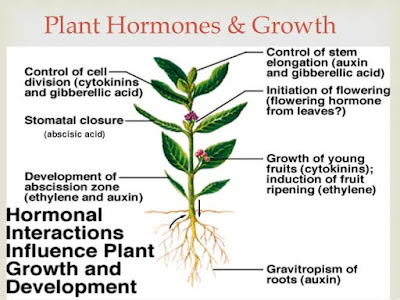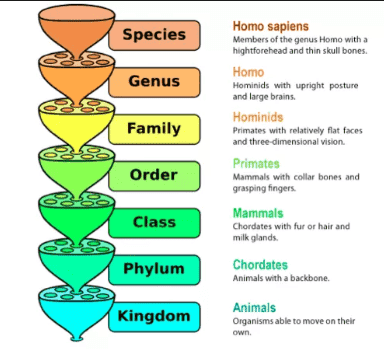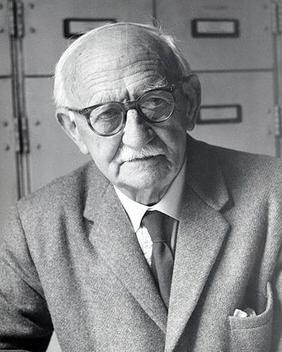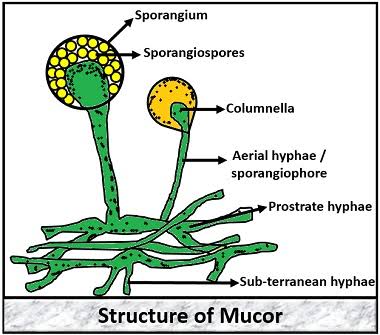plant hormones and their functions
In June 1905, Ernest Starling, a Professor of Physiology at university of London, U.K. first used the word ‘hormone’. In one of the four Croonian lectures on the chemical correlation of the function of body–delivered at the Royal College of Physicians in London. Starling, defined the word, derived from the Greek meaning ‘to arose or excite’, as “the chemical messengers which speeding from cell to cell along blood stream, may coordinate the activities and growth of different parts of the body” (Jamshed R. Tata, 2005).
The discovery of cyclic AMP (camp) by Earl Sutherland in 1956 as a ‘second messenger’ of adrenaline and glucagons, followed by the discovery that adenylyle cyclase, the enzyme that synthesize camp, was located in plasma–membrane, further consolidate the view that the cell membranes was major site of action of many hormones.
With the discovery of other molecules, such inositol triphosphate, G Proteins and oncogenes, and the advent of gene cloning and sequencing technologies, it soon became possible to identify, characterize and locate several membrane bound hormone receptors in animals, microbes and plants.
Binding of the ligand to thesereceptors initiates a cascade of protein phosphorylation and dephosphorylation in the cytoplasm, which eventually leads to the biochemical interactions and physiological actions of hormone(s).
Concept Hormones in plants
Plant growth and development involves the integration of many environmental and endogenous signals that, together with the intrinsic genetic program, determine form and functions. Fundamental to this process are several growth regulatory substances collectively called the plant hormones or phytohormones. Decades of biochemical, molecular biological and physiological studies have demonstrated that plants rely on diverse set of hormones that regulate every aspect of their biology.
The degree of specificity and redundancy among plant hormones has long been matter of debate and discussion particularly in the area of growth regulation. Analysis of biosynthetic and signaling mutants, in combination with exogenous hormone applications both in vivo and in vitro have concluded that gibberellins (GA), auxins and brassinosteroids (BR) regulate expansion along longitudinal axes and greatly influence plant structure and organ size.
Ethylene, the gaseous hormone and cytokinins act primarily to increase cell expansion along transverse axes and greatly reduce the stature of dark–grown seedlings. Abscissic acid (ABA) has been shown to antagonize growth promotion by both GA and BR. In addition Jasmonic acid (JA), Salicylic acid (SA), Nitric oxide (NO), Polyamines (Pas) and plant sterols are also known to play essential role in modulation of growth and development in plants.
During the past five years, it has become apparent that there are other novel signaling molecules, such as alkamides, glutamate and N acylethanolamides that might play important roles in the regulation of morphogenetic and adaptive processes. These might be involved diverse processes, including seed germination, pathogenesis, modulation of plant architecture and response to abiotic factors.
Plant hormones are affect diverse developmental processes. Alteration in hormone responses have been responsible for several important agricultural advances including the breeding of semi dwarf varieties and increased grain production (Green Revolution in cereals). Unlike animal hormones, which are produced in specific organs, plant hormones are typically produced throughout the plant. Virtually every aspect of plant development from embryogenesis to programmed cell and senescence is under hormonal control. In general, this developmental control is exerted by controlling, cell cycle, division, expansion, differentiation and cell dealt.
Diverse developmental processes can be controlled, including formation of the apical basal and radial pattern, seed germination, and seed dormancy, determination of plant architecture, flowering, fruit ripening and shedding.
Recent work by various laboratories have revisited the question of hormone specificity and uncovered extensive crosstalk and signaling integration among growth regulating hormones. A very high priority has been given to identification and characterization of the receptors that perceive the hormones. During 2005–2006, the receptors for the plant growth hormones, abscissic acid, auxin and gibberellins have been identified. These join the receptors that have previously been identified for brassionosteroids, cytokinins and ethylene.
plant hormones examples
Here is the list of some important examples of plant hormones. Which are as follow;
- Auxin
- Gibrellin
- Cytokinins
- Brassinosteroids
- Ethylene
- Abscisic Acid
Q-1: What are the plant hormones functions?
Ans- Gibrellin hormones is help in breaking the dormancy of seeds and buds; promote growth.
Q-2: Where are plant hormones produced?
Ans- The plant hormones are produced in the stem, buds, and root tips.
Q-3: What are plant hormones three plant hormones?
Ans- The plant hormones are produced in the stem, buds, and root tips.
The plants hormones are;
- Auxins
- Gibrellin
- Cytokinins
Q-4: Can plant hormones affect humans?
Ans-
Q-5: Which plant hormone is gaseous in nature?
Ans- Ethylene is gaseous in nature.
Q-6: Which plant hormone is found in gaseous form?
Ans- Ethylene is found in gaseous form.
Q-7: Types of plant hormones ?
Ans- There are some important plant hormones is as follows;
- Auxin
- Gibrellin
- Cytokinins
- Brassinosteroids
- Ethylene
- Abscisic Acid
Q-8: Plant hormones examples ?
Ans- Here is the list of some important examples of plant hormones. Which are as follow;
- Auxin
- Gibrellin
- Cytokinins
- Brassinosteroids
- Ethylene
- Abscisic Acid
Q-9: Plant hormones definition?
Ans- The plant hormones are produced in the stem, buds, and root tips.















0 Comments
If you have any query let me know.